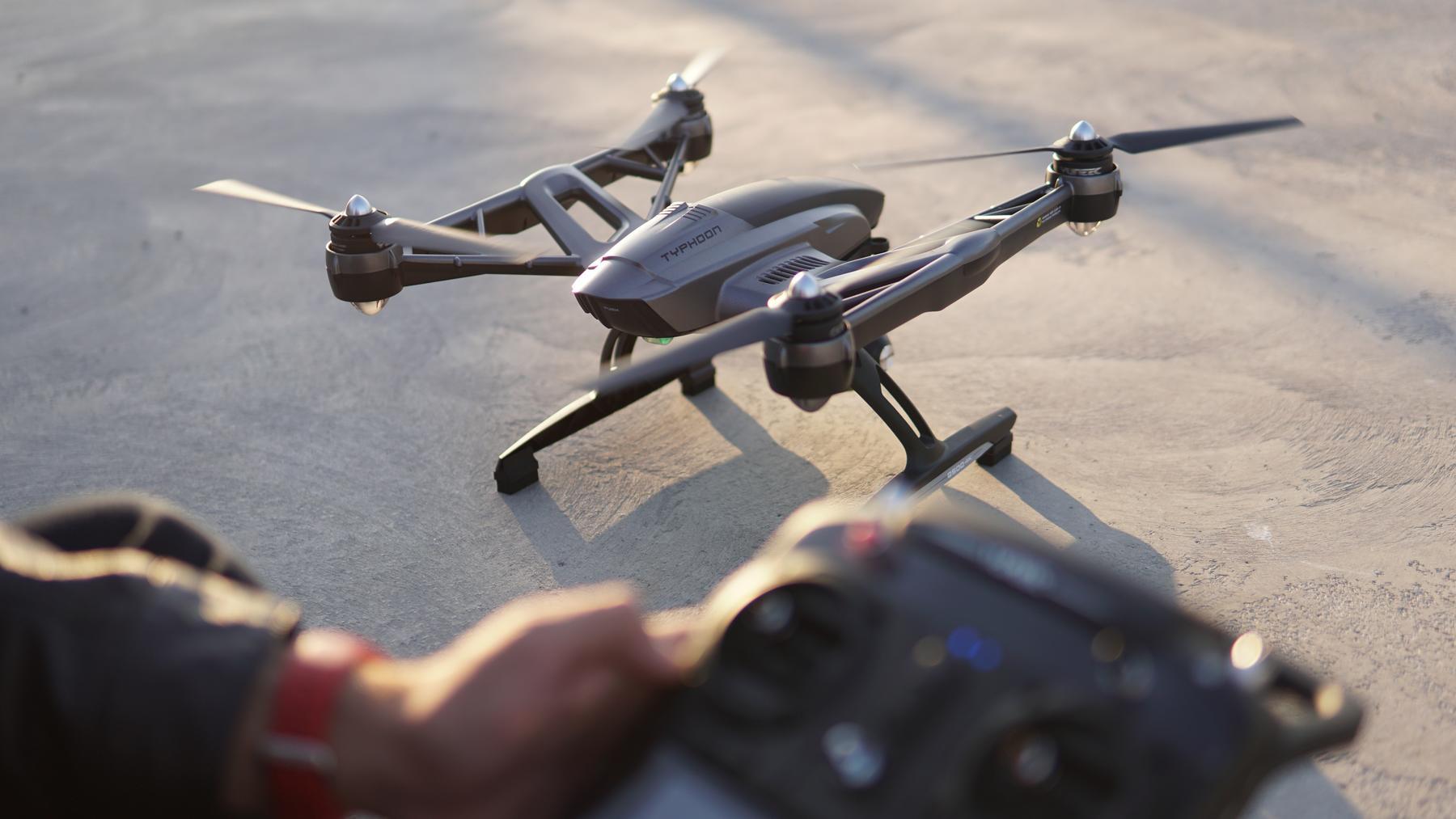The evolution of drone technology has marked a significant advancement in modern aviation, and with the introduction of UAS drones, this progression has reached new heights. UAS, or Unmanned Aerial Systems, represent a comprehensive set of components comprising not just the drone itself but also the control station, data links, and additional components that enable smooth operation. These advanced systems have broadened the horizon of possibilities in various sectors, including military, commercial, and private applications.
What Sets UAS Drones Apart?
UAS drones are distinct from traditional remotely piloted drones due to their enhanced capabilities and operational autonomy. These systems integrate sophisticated technology such as GPS tracking, onboard sensors, and sometimes artificial intelligence, allowing them to perform complex tasks independently. The military sector was among the first to embrace UAS drone technology, utilizing it for surveillance, reconnaissance, and tactical operations, minimizing the risk to human lives and enhancing strategic effectiveness.
Commercial Potential and Benefits
The commercial sector has witnessed an explosive growth in UAS drones applications, ranging from agriculture to logistics and infrastructure inspection. Farmers now use UAS drones for precision agriculture, enabling them to monitor crop health, optimize irrigation systems, and increase yield with minimal human intervention. Logistics companies employ these drones for faster delivery services, improving efficiency and customer satisfaction. Additionally, UAS drones are invaluable in infrastructure and environmental monitoring, providing real-time data on structures and natural landscapes that are difficult to access.
Technological Advancements and Challenges
The rapid growth of UAS drone technology is fueled by continuous innovations in areas such as battery life, flight duration, and camera resolution, making drones more reliable and increasingly affordable for users. However, these advancements also bring challenges, particularly concerning regulatory policies and airspace management. Governing bodies worldwide are faced with the task of ensuring UAS drones operate safely in shared skies, which has led to the development of frameworks to manage traffic and prevent collisions.
Furthermore, privacy concerns arise with the widespread use of UAS drones, prompting discussions on ethical implications and the need for stricter regulations to protect individual’s rights.
The Future of UAS Drone Systems
As technology continues to advance, the future of UAS drones appears promising. Integration with artificial intelligence and machine learning is set to provide even greater autonomy and situational adaptability, paving the path for the next generation of drones that can make decisions without human intervention. Efforts are underway to expand UAS drone capabilities beyond Earth, with research exploring the possibilities of space exploration utilizing these autonomous systems.
Moreover, advancements in swarm technology—where multiple drones work together—have the potential to revolutionize industries again, providing solutions that are more efficient, cost-effective, and scalable.
FAQ

- What is a UAS drone?
A UAS drone is an Unmanned Aerial System, which includes the drone itself and the ground control station, along with other components crucial for operation. - How are UAS drones used in agriculture?
They are used for precision farming by monitoring crop health, managing irrigation, and enhancing productivity. - What challenges do UAS drones face?
Challenges include regulatory issues, airspace management, and privacy concerns.